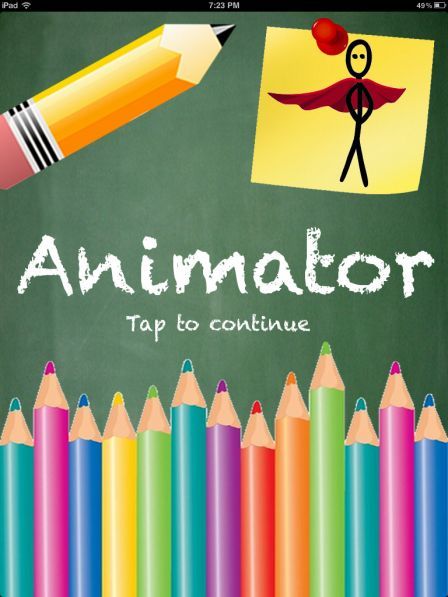
#AppleEvent #SteveJobsTheater #iPhone /BRxNkmgYWQ Such an app would be an interesting animal indeed.This will make you LOL! The #Animoji in demo for #iPhoneX. In Buczaczer's post, he includes an amazing video of robotic music researcher Mason Bretan at Georgia Tech playing a Miles Davis-inspired fusion tune with a collection of adorable robot collaborators. Watch the video (below) and think about how a later version of Character Animator might be able to improvise the behavior of a set of background characters that follow the human-driven character's lead. It is easy to imagine that the behavior data that Character Animator captures will one day allow creatives to use machine learning on the front end as well. You just label your model properly and start performing. You no longer have to worry about keyframes. Like many other recent front end innovations, Character Animator makes things happen declaratively instead of imperatively. Traditionally, creating character animations has involved either painstaking drawing and redrawing or complicated "rigging" of digital models. Face tracking is what makes us recognize Rihanna, for instance, as the feisty girl in the forthcoming Home from Dreamworks. Character Animator is a democratized form of the same kinds of technology that power major Hollywood animated movies.

By incorporating sophisticated machine vision into these products, Adobe is removing technical barriers as well.

By giving an illustrator (or even an actor) the ability to create character animations with face tracking, Adobe is helping to break down the barriers between creative disciplines. This last point is key to what Adobe is trying to achieve with its Creative Cloud overall. These functions, of course, can be performed by different humans, but part of the power here is that many creatives are good enough at both to create a highly personal expression with this app. (Note that the human needs to construct the image in layers and label them according to set conventions for this to work.) The human collaborator both creates the graphic character and the facial movements and speech.
ADOBE CHARACTER ANIMATOR FOR IPAD SOFTWARE
The software can also map the behavior of the human face that it captures onto the moving parts of an illustrated image. The intelligence here is that the program has an invariant idea of a face that it can recognize and track across the range of human faces. Far from evil AI robots stealing our jobs, these are benevolent AIs that help us do our jobs better.Ĭharacter Animator falls into this quadrant of applications in a subtle way. Buczaczer finds that the most satisfying applications address open-ended creativity in partnerships between humans and computers.

Dan Buczaczer, who manages creative partnerships at VivaKi/Publicis in San Francisco, wrote a great post on the subject last month in advance of a similarly themed panel at SXSW. The powers of machine intelligence have inspired a lot of interest in how algorithms can push human creativity.
ADOBE CHARACTER ANIMATOR FOR IPAD PRO
He then applied these expressions in real time to a 2d graphic image of a spiky (though cute) red "animal." This demo was part of the same session where Microsoft CEO Satya Nadella and Adobe president and CEO Shantanu Narayen shared the stage to announce a partnership that involved giving a fully-loaded Surface Pro 3 to each attendee. The presenter showed how he could use the camera on a Surface Pro 3 Tablet to capture his facial expressions. I first saw an early version of the app, code-named "Animal," demoed as part of a high-profile collaboration with Microsoft at Adobe's MAX conference last October.

Face tracking is the ability to recognize the geometry of facial features in moving images and follow them despite changes in angle or lighting. Adobe's new Character Animator app, announced today for its Creative Cloud service, uses advanced face tracking to create animated effects that are downright playful. The applications of static facial recognition have gone from enabling digital cameras to improve the focus on multiple faces in an image to Facebook's auto-identification of people in photo galleries. Considering how important paying attention to faces is to our survival it is no surprise that computer vision researchers have put a lot of effort into this field of research. Facial recognition is one of the earliest skills that baby humans learn.


 0 kommentar(er)
0 kommentar(er)
